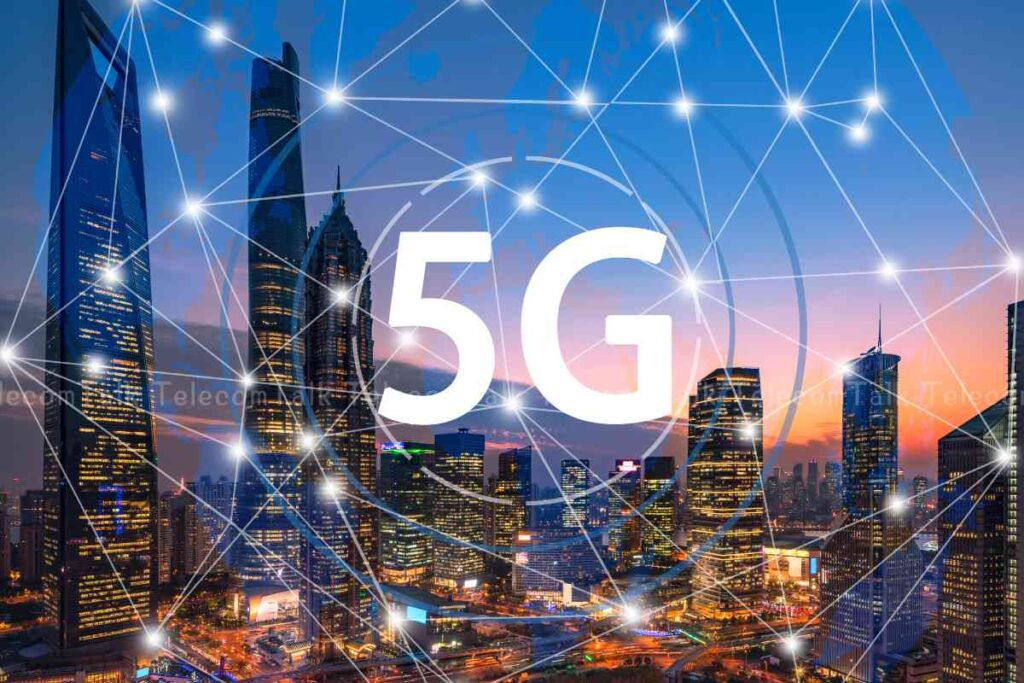The world is on the cusp of a new era of connectivity. 5G ascent, the fifth generation of wireless technology, is rapidly emerging from the horizon, promising to revolutionize how we live, work, and interact with the world around us. With its blazing-fast speeds, ultra-low latency, and massive capacity, 5G is poised to transform not just communication but entire industries and societies.
Unleashing the Speed Demons
Imagine downloading a full-length movie in seconds, streaming high-definition video without a single stutter, or experiencing lag-free virtual reality worlds. This is the reality that 5G promises. With speeds potentially reaching 100 times faster than 4G, 5G will usher in an era of hyper-connectivity, where data flows freely and seamlessly.
Shaving Off the Milliseconds
But speed is just one part of the equation. 5G also boasts incredibly low latency, meaning the time it takes for data to travel between devices is significantly reduced. This near-instantaneous responsiveness opens up a world of possibilities, from remote surgery with real-time feedback to self-driving cars that can react to their surroundings in a blink.
Connecting the Unconnected
5G’s transformative power extends beyond individual experiences. Its massive capacity allows for the simultaneous connection of billions of devices, paving the way for the Internet of Things (IoT) to truly take center stage. From smart homes anticipating your needs to smart cities optimizing traffic flow and energy consumption, 5G will blur the lines between the physical and digital worlds, creating a hyper-connected ecosystem that promises greater efficiency, sustainability, and convenience.
Beyond the Hype: Challenges and Considerations
However, the path to 5G ubiquity has its challenges. Significant investment is necessary for infrastructure rollout, and addressing security and privacy concerns is crucial. Moreover, the uneven distribution of 5G benefits could potentially worsen existing digital divides.
Despite these challenges, the potential of 5G is undeniable. As we move forward, it is crucial to harness this transformative technology responsibly and inclusively so that everyone can reap the benefits of a hyper-connected future.
The rise of 5G is not just a technological advancement but a catalyst for change. It can potentially reshape our world in ways we can only begin to imagine. As we embrace this new era of connectivity, let us do so with a spirit of innovation, collaboration, and responsibility, ensuring that 5G becomes a force for good that benefits all of humanity.
In addition to the points mentioned above, here are some other ways 5G is transforming connectivity and communication:
Enhanced mobile broadband: 5G will enable us to do more with our mobile devices than ever, from downloading large files to streaming high-quality video games.
Fixed wireless access: 5G can replace traditional fixed-line broadband, offering fast and reliable internet access to currently underserved areas.
Industrial automation: 5G will enable the automation of factories and other industrial processes, increasing efficiency and productivity.
Public safety: 5G enhances public safety by enabling quicker emergency response and delivering real-time data to first responders.
Conclusion:
The emergence of the 5G ascent is more than just a chapter in human progress; it is a testament to the inventiveness and aspiration of humanity. This technological symphony will revolutionize communication and networking, enhancing human potential and bringing people together like never before.

